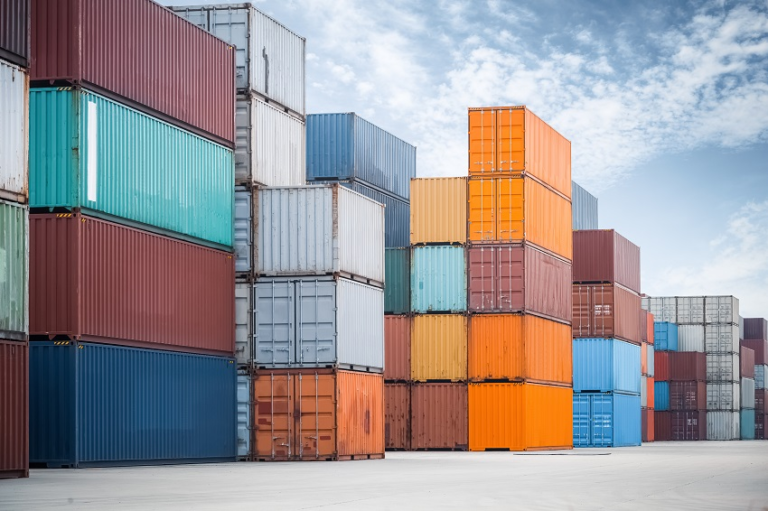The Transmodal Logistics Update for April 2024
Here is some of the top supply chain news happening right now.
For the last several months, we’ve heard that the full impact of the Houthi attacks was still uncertain, but that has changed. Especially now that the situation in the Red Sea is intensifying as Somalis step up their pirate activity in the area. To date, carriers are being rerouted around Africa, which has increased travel time and cost. Recently, costs seem to be increasing exponentially. Consider these numbers — in the first three weeks of March 2024 alone, there was a 51% year-over-year drop in the number of ships sailing through the Suez Canal and taking the Africa route instead, yet European import volumes are at par with 2023. It’s also important to note that these higher costs don’t just impact ships that reroute since even ships that carry on through the Red Sea or the Gulf of Aden are paying higher rates due to added risk.
Our take: More concerning may be that the situation does not seem to have an end in sight. It is essential that importers work with their forwarders to understand the cost and service options for every shipment they have that may be affected in the region. Contact Transmodal for alternative ideas and routing options.
Read more about the situation in the Red Sea – here.
While the situation is still unfolding, we can say with some degree of certainty that the collapse of the Francis Scott Key Bridge will strain supply chains in the coming months. In 2023, the port handled more cars and light trucks than any other port in the U.S. for the 13th consecutive year. It also moved more than 11.7 million tons of general cargo. All that cargo must go somewhere, most likely the Hampton Roads and New York/New Jersey Ports. However, both ports are already operating near capacity, so the additional cargo will increase utilization rates and congestion, meaning longer wait times for ships. Pair this with the expected market growth for 2024 — an anticipated + 10.6% year-over-year — and increased congestion is almost a certainty.
Our take: While not a massive port for many container imports, the issue will likely create more congestion at other East Coast ports. Compounded with potential labor strife in the region later this year, there is additional reason for concern for importers up and down the coast. Companies with products arriving in the regions should monitor potential congestion and problems for the next several months.
Read more about the Port of Baltimore bridge collapse – here.
Is anyone else struggling to keep up with the shifts between East Coast and West Coast ports? Before 2018, Chinese imports held steady at West Coast ports. However, in 2018, at the beginning of the trade war, Chinese imports fell af 3% a year. During that timeframe, imports from other Asian countries grew significantly — an annual average of 8%, to be exact. That has created a significant imbalance, as imports from those other Asian countries come in through East Coast ports. However, there are other factors at play including port capacity expansion in the East and the proximity to larger population centers. And while that sounds great, ports are facing added pressure as are the various inland transportation alternatives.
Our take: The problems in the Red Sea, Port of Baltimore, and Panama Canal should be on every importer’s radar. Overall, things remain ‘normal’ for the most part for U.S. importers, but the potential for disruption is high and could escalate quickly. As we stated earlier, companies need to watch closely for signs of any potential problems… and more so on the U.S. East Coast.
Read more about the East and West Coast import balance – here.



